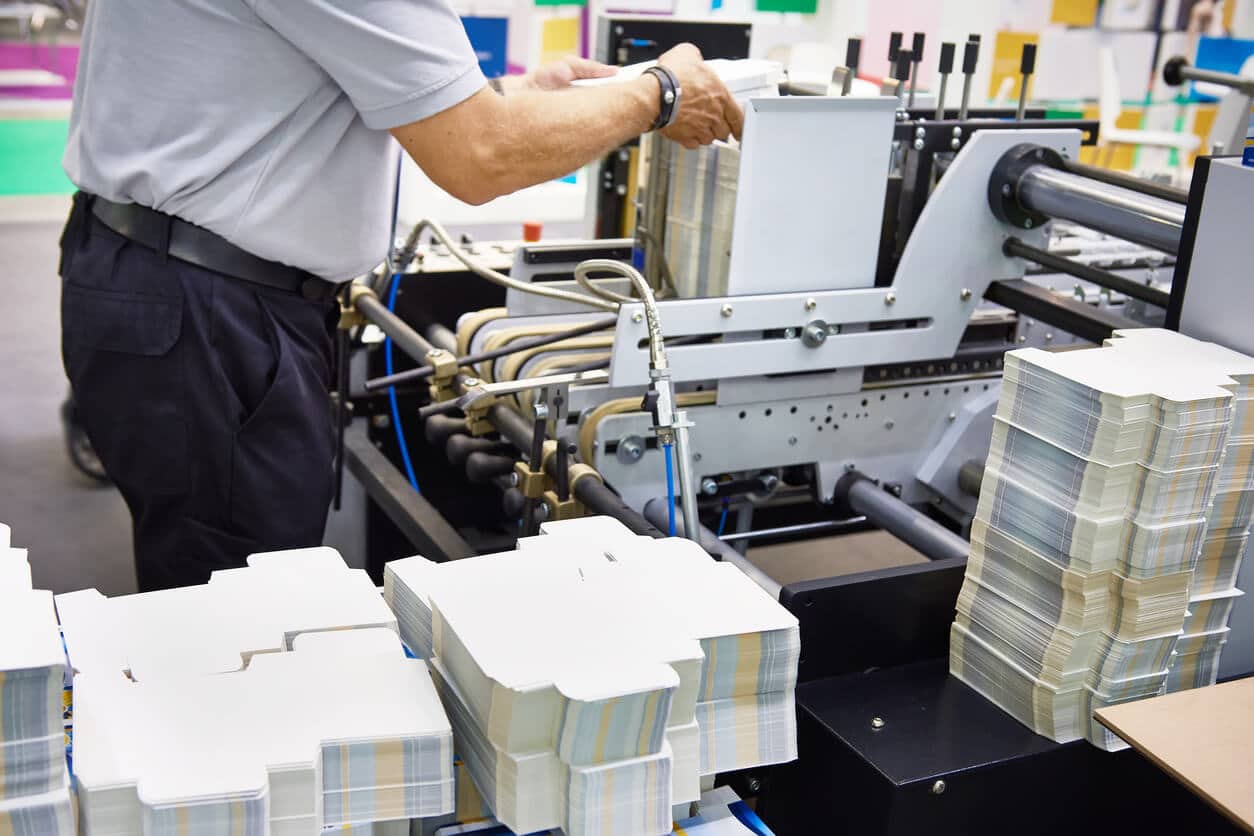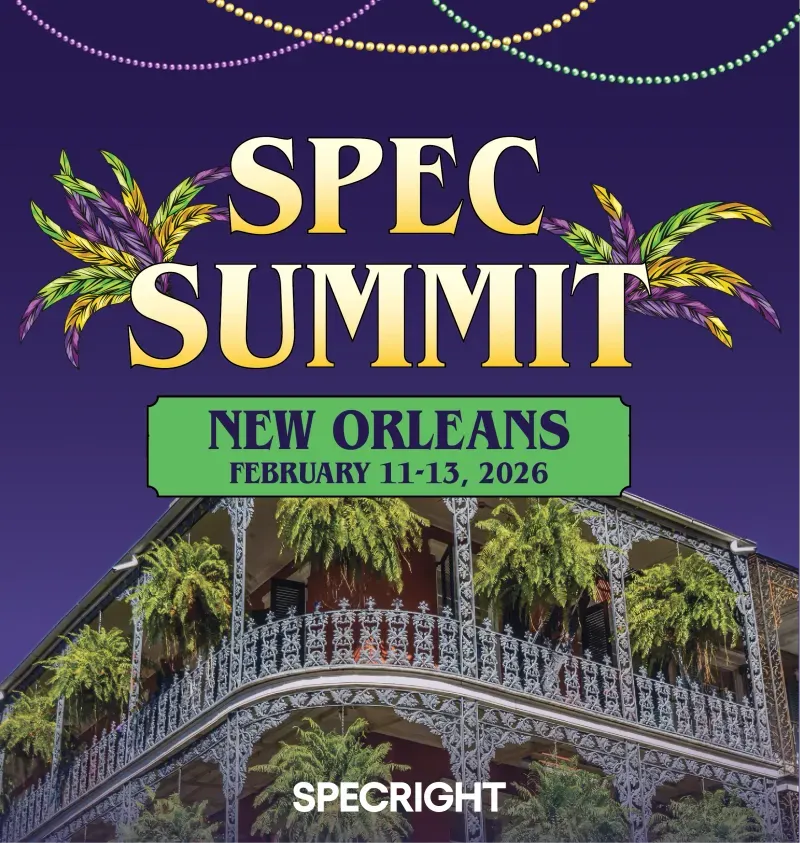You’re a packaging engineer at a food manufacturing company. Your company is about to release a new single-serving snack for on-the-go athletes. You are finalizing the specification for the film and see that the substrate says polyethylene. You change the substrate to casein and mark the specification as “approved”.
Now rewind three years.
Today, plastic is everywhere. We drink water out of plastic, our food is wrapped in plastic, we even eat our food with plastic. While plastic has become hard to avoid, the negative effects of this material have been criticized more than ever. Plastic harms our environment and is even believed to leach potentially harmful compounds into our food. The solution? Edible packaging made from milk proteins.
The U.S. Department of Agriculture and American Chemical Society have been developing an environmentally friendly and edible packaging material made of casein. Casein is a film made from milk protein that research has shown to be 500 times more effective at protecting food from oxygen than the traditional plastic film. That means less food spoilage during transportation and in the retail environment.
In this article, we discuss:
– What are the types of edible food packaging?
– What edible packaging options are available?
– Who uses edible packaging?
– Pros and cons of casein protein for packaging engineers
What are the types of edible food packaging?
The level of research and innovation taking place on a global scale each day is immense and is bringing with it novel and advanced solutions for modern-day food packaging needs. Some of the primary and well-known edible food packaging types are discussed below:
Casein milk protein packaging:
Researchers have been developing packaging films using casein, a milk protein. Casein protein packaging is ecological and renewable, which helps reduce its environmental impact compared to traditional food packaging materials. It can also extend the shelf life of food products due to its excellent barrier properties, protecting against moisture, oxygen, and light. Additionally, casein protein packaging is safe for food contact and minimizes potential health concerns because it is derived from a natural source. It is incredibly versatile and allows for customization and adaptation to different packaged food products. It provides a sustainable and functional solution, reducing waste and promoting environmental friendliness in the packaging industry.
Edible films and coatings:
These thin layers of edible materials can be used to wrap or coat food. These films are made from substances like starch, cellulose, casein proteins, collagen, or lipids, which provide a protective barrier for food products. They can help extend shelf life by preventing moisture loss and reducing oxygen exposure. Edible coatings can also act as carriers for flavors, colors, or nutrients, enhancing the sensory experience of the food. They can ensure that the use of plastics for food packaging can be drastically reduced if not eliminated. Edible films and coatings also provide a barrier against microbial growth.
Seaweed packaging:
Seaweed food packaging has emerged as a fantastic ultramodern packaging technology option. It is a sustainable and eco-friendly alternative to traditional packaging materials. This packaging type utilizes seaweed’s natural properties and offers several advantages. Seaweed is a renewable resource that grows abundantly and rapidly in marine environments. It provides a natural barrier against moisture, preserving food freshness while eliminating the need for synthetic coatings. Additionally, it can be easily molded into various shapes and sizes, making it versatile for different food products.
Edible capsules:
Edible capsules provide a convenient, portion-controlled way to package and consume various food products. Edible capsules can be filled with liquids or powdered ingredients. Doing so allows easy storage, transport, and consumption. They eliminate the need for additional packaging materials and reduce waste. Moreover, they are made from edible materials like gelatin, ensuring food safety for consumption and minimizing environmental impact. They also enable innovative product formulations, such as encapsulating flavors, nutrients, or dietary supplements. Edible capsules provide a practical, customizable, and eco-friendly food packaging solution for single-serving condiments, beverages, or even ingesting essential nutrients.
Fruit-based packaging:
Fruit-based packaging is renewable and eco-friendly. It is also visually appealing and a sustainable food packaging solution. Banana leaves or corn husks can be used as natural wraps or pouches for food items. They can be folded or tied around the product, providing a protective layer that acts as packaging. Many food manufacturers are now using fruit extracts or edible coatings derived from fruits that can be applied to the surface of food products. These coatings extend the shelf life of foods, provide a barrier against moisture and oxygen, and enhance the product’s appearance.
What edible packaging options are available?
While edible packaging initiatives may be a recent addition to the sustainable packaging landscape, you likely have already encountered it. If you’ve ever had the pleasure of enjoying the most extraordinary delicacy on planet Earth – you guessed it right – a good old cone of ice cream, then you’ve already experienced the concept and idea of edible packaging. The wafer cone or a regular cone serves as an apt example of edible packaging from past days.
Various companies worldwide are exploring alternative materials, such as natural vegetable fibers and rice paper, to develop packaging for desserts like cupcakes, candies, gummies, and brownies.
There are many different packaging options of the edible type available for consumers of every type of food industry, such as the following:
Edible drinking straws:
Introducing edible drinking straws proved to be a trailblazing solution to tackle the global plastic waste crisis. These straws are eco-friendly and usually made using plant-based and natural ingredients like rice, wheat, or tapioca. Plastic straws are used on a large scale in hospitals to make the consumption of liquids easier for patients. However, once used, they add to the garbage dumps in a landfill somewhere or, worse, float and accumulate in one of the oceans. Glass straws are also used a lot but are unreliable as they are prone to breaking. Metal straws gained popularity for a while but are not helpful as temperature changes make them expand or contract. Edible straws have none of these issues. They help reduce plastic pollution and protect marine life by eliminating the need for single-use plastic. They come in various flavors, adding a unique twist to beverages. Edible straws are ecological and nutritious, containing fiber and other beneficial elements.
Edible food films:
Food films help enhance the shelf life of food products. Disposing of solid food waste and packaging materials has been a topic of interest among researchers and environmentalists trying to develop eco-friendly ways to combat this issue. Using edible films to prepare food products has provided several culinary benefits, such as improving the structural integrity of certain foods and imparting greater robustness to what would otherwise be a crumbling block of mess. This has also enhanced the aesthetic appeal of food. Food films have been shown to reduce the loss of moisture in foods, stunt unwanted microbial growth over the food’s surface, and prevent chemical changes from occurring due to oxidation and excess light exposure. Protein-based food films are said to be biodegradable and possess certain health benefits.
Eco-bags:
Eco-bags have stirred up a craze amongst the environmental-friendly crowd in recent times. This ingenious, innovative invention is what this planet needs to address the rapidly increasing ecological crises due to plastic packaging. Certain companies that deal in the manufacturing of eco-friendly products have come up with disposable, eco-friendly bags. These bags are made from the starch of cassava roots or other naturally occurring resins. Petroleum products are not used here. With the help of micro- and macro-organisms, these eco-bags automatically get consumed by the air and disappear over time. When disposed of in water bodies, these bags take only around 150 days to completely dissolve into the water without affecting drinkability, unlike standard mylar bags. Most importantly, they are safe for animals and aquatic organisms to consume.
Spoons and plates:
Have you ever enjoyed a delicious meal to the extent that you licked every inch of the plate and spoon clean? We’ve all been there. The good news is that you do not have to stop licking the spoons and plates clean, but you can also go ahead and consume them. Yes, you heard it right. The global market for edible cutlery has been predicted to hit the $56 million mark by 2026. Compared to single-use plastic, edible cutlery is a much more eco-friendly and delicious alternative. Edible spoons and plates will take the global food industry by storm soon. Medical research has shown that food consumed from standard-grade spoons and plastic can lead to the growth of cancerous cells in the human body over time. The harmful chemicals in the plastic used to make these plates and cutlery find their way inside humans as they eat with it. By using edible spoons and plates, restaurants and food establishments will never have to worry about taking care of the dishes, and food consumers will never have to worry about eating off of unclean or unhygienic plates and cutlery.
Spout pouches:
Edible drink or spout pouches provide an environmentally friendly option for packaging beverages while offering a creative, one-of-a-kind drinking experience. These pouches can be customized to have flavors, colors, and essential nutrients. Plant-based materials like seaweed or fruit-based gels are used to make drink pouches. These pouches are much safer for the ecosystem than traditional plastic packaging.
Who uses edible packaging?
Food and beverage manufacturing companies use these solutions to package snacks, confectionaries, fruits, and vegetables. Restaurants and cafes have also started adopting these methods to become more sustainable and cater to their environment-friendly customers. It also reduces a ton of waste in the process. Moreover, organizers of events and gatherings are drawn to this innovative, ecological type of packaging these days to curb plastic waste. People all over the world have taken a stance against the use of plastic, which is causing severe harm to our planet.
Pros and cons of casein protein for packaging engineers
But what does it mean for packaging engineers? Edible packaging brings the worlds of packaging and ingredients together. The film must protect the product from the environment while being safe for a human to ingest. Some will say this idea is ingenious, some will say it is crazy…who is right? Let’s take a look at the pros and cons of casein film:
Casein is more effective than other films:
As stated above, casein was found to be 500 times more effective at protecting food from oxygen than plastic film in a study performed by the USDA. Casein film has also proved to be much more effective than other edible/biodegradable packaging alternatives such as starch-based packaging. Casein film is less porous than starch-based film making it a more effective oxygen barrier.
Casein reduces packaging waste:
A large motivation behind developing this material was to reduce the amount of plastic used in snack foods, especially in individually wrapped string cheese. Most people do not recycle their snack packaging so the wrappers end up in the landfill. Whether or not a customer decides to actually eat the casein film doesn’t matter due to its biodegradibility, and is compostable within a landfill.
But it’s not very durable:
All of the advantages of casein are well and good, but the fact that it will dissolve in water is not ideal. Luckily, the scientists who performed the USDA study experimented with adding citrus pectin to the film formula. This additive strengthened the casein in film and made the material more resistant to humidity and warmer temperatures.
But it isn’t hygienic:
While one of the pros about this casein film is that it can be eaten, it begs the question of whether or not it should be eaten. As stated in this article by USA Today, to keep the packaging clean and dry for consumption, products using them would have to be shipped in external containers similar to what is currently being used. But this does not guarantee that the packaging remains sterile throughout the entire distribution process.
Casein and the future of edible packaging
Whether you are team casein or team plastic, one cannot help but be impressed with the creativity and innovation of the food science behind this new film. Word has it that the film is being prototyped and is expected to hit the shelves in about three years. Until then, we have to remain content with our inedible and non-biodegradable string cheese wrappers.
In The Evolution of Products and Packaging, Specright CEO Matthew Wright provides a first-hand account of the consumer demand trends that ushered in an explosion of SKUs and an increase in supply chain complexity that plagues manufacturers, brands, and retailers still today.
Over the course of Wright’s journey, the answer to this complexity seemed simple: to keep up, the professionals would need to embrace data to make better, smarter, more sustainable products and packaging. You’ll recognize stories of the common pitfalls organizations slip into when it comes to managing their most important metrics and get a glimpse into the future of how data can drive the answers to some of our most pressing supply chain challenges.
Explore More Blogs
Get Started
With Specright’s Solution Suite, you can digitize, centralize, and link your specification data to drive efficiencies, intelligence, traceability, and collaboration within your organization and across your supply chain network.




